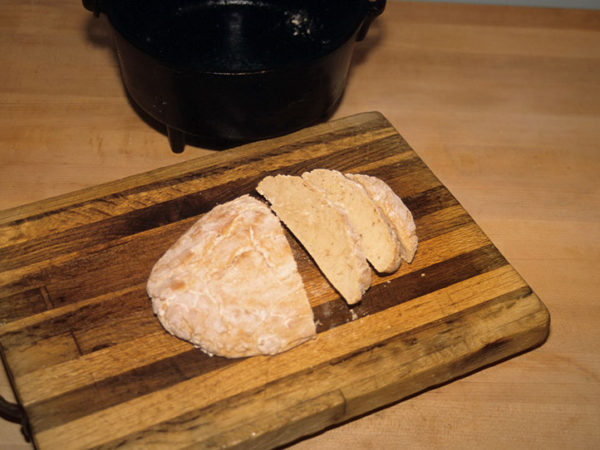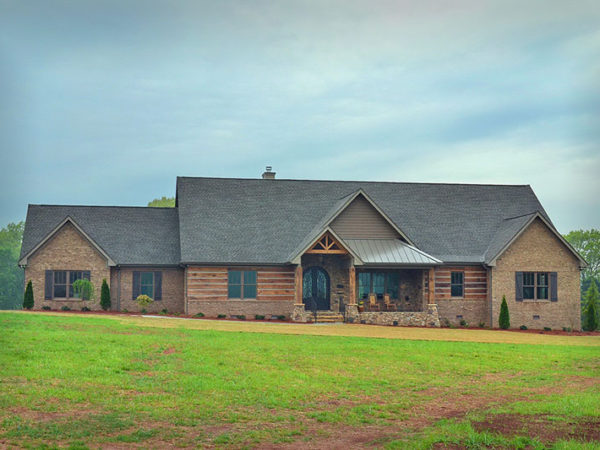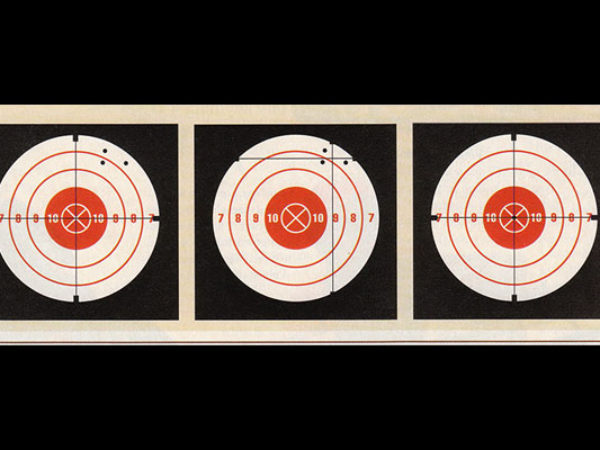Up in the North Country the seventeenth-century French-Canadian voyagers opened up the wilderness from the St. Lawrence River to northwestern Canada with their trapping and trade operations. These great canoeists traveled vast distances on light rations. One of their main staples was bannock, a simple bread of European and Native American descent.
The European version of bannock is said to have originated in Scotland and was made traditionally of oatmeal. The Native American bannock of pre-contact times was made from flour ground from natural substances gathered from the woods such as acorns, cattail heads, plant bulbs or corn. The first European explorers brought their version of bannock with them and between the two cultures bannock was the bread of the wilderness. The French voyageurs called it “galette”, the Scotch bannach, others called it bush bread, trail bread, fry bread and grease bread. Bannock, from the Scotch word, stuck.
From early history until today those who spend much of their time in the backcountry depend upon this simple but delicious bread. I learn to love bannock while exploring the Arctic where it was a staple of every meal. I brought the modern bannock recipe back to Alabama to cook in my home. It became a hit with all who tried it and remains a favorite in my house and when I am in the backcountry.



